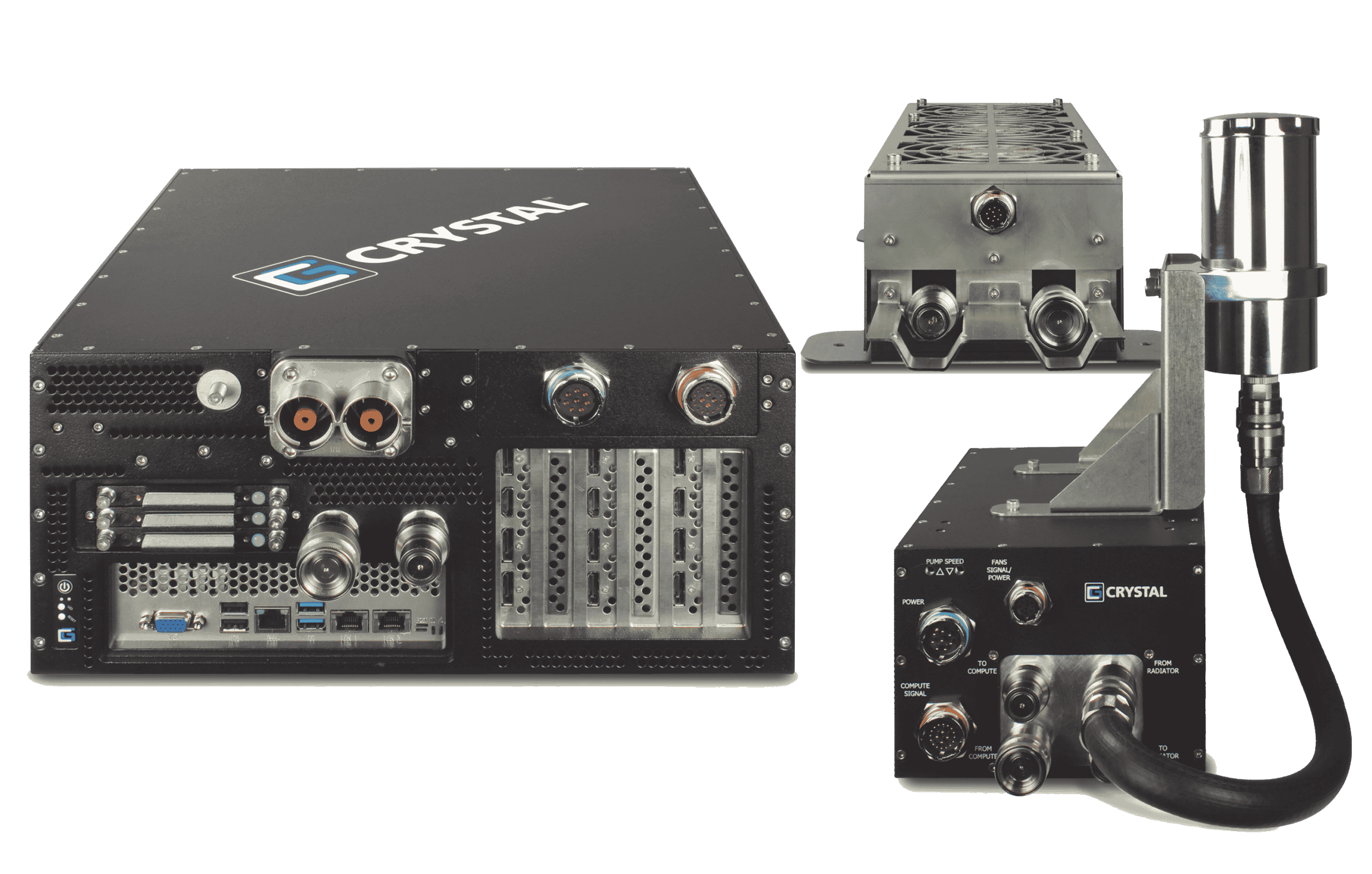The testing of ADAS and automated driving components requires technical competencies that range from vehicle systems architecture to software expertise. System architectures include physical systems as well as all electrical systems. On the hardware side, this includes the vehicle itself, its electrical systems, and the CAN bus architecture. 
It all starts with the base vehicle. In VSI’s case, this is a Ford Fusion hybrid electric vehicle outfitted with a by-wire interface to tap into the CAN systems including actuation of steering, throttle, and brake. Critical to this is an interface into the vehicle’s CAN bus, as there is a lot of information from the vehicle that must be collected in the testing and tuning of ADAS and AD applications. Lastly, a power distribution system is necessary to support powered components including the main computer, sensors, modems, and switches.
At the heart of all ADAS and AD development systems is the domain controller, also known as the central computer. The central computer in a development vehicle like VSI’s is no ordinary computer. For one thing, the computer must have a great deal of compute headroom to support network accelerators, GPUs, and storage. The compute load is very high on a development vehicle because the codebases are much heavier compared to a production application. Another requirement is the onboard storage and expansion interfaces as data recording and performance logging must be captured for post-run examinations.
In addition, the onboard computer’s ability to operate in extreme conditions involving heat, shock, and vibration is also vital. VSI operates its vehicles in conditions from subzero to triple-digit temperatures, not to mention extreme dust, humidity, heavy rain, snow, and even high altitudes.
The durability of the onboard computer is pushed further by extreme duty cycles associated with ADAS testing. This involves frequent runs, and, depending on the test case, may involve hard braking and/or harsh vehicle maneuvers.
Over the past year, VSI has been using computers from Crystal Group to handle the extreme environmental conditions associated with ADAS/AD test and development.
Over this time, and some 25,000 miles later, VSI Labs has not experienced a single failure in its computer systems.